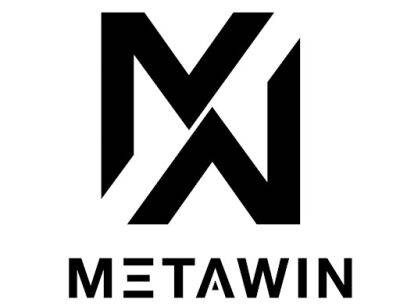UK’s nuclear waste cleanup operation could cost £260bn
The cost of decommissioning the UK’s 20th-century nuclear waste could rise to £260bn as the aged and degrading sites present growing challenges, according to analysis presented to an international group of experts.
As the government pursues nuclear energy with the promise of a new generation of reactors, the cost of safely cleaning up waste from previous generations of power stations is soaring.
Degrading nuclear facilities are presenting increasingly hazardous and challenging problems. Ageing equipment and electrical systems at Sellafield, which is storing much of the country’s nuclear waste and is one of the most hazardous sites in the world, are increasing the risk of fire, according to the Nuclear Decommissioning Authority. They require increasing maintenance and present growing risk. Last October a faulty light fitting started a blaze at a Sellafield facility which led to its closure for several weeks.
Analysis by Stephen Thomas, a professor of energy policy at the University of Greenwich, estimates the total bill for decommissioning the UK’s nuclear waste mountain will grow to £260bn.
Thomas told a conference of international experts the cost of decommissioning Sellafield had risen from to £110bn, according to freedom of information requests.
Other sites that need decommissioning are the 11 Magnox power stations, built between the 1950s and 1970s, including Dungeness A in Kent, Hinkley Point A in Somerset and Trawsfynydd in north Wales, and seven advanced gas-cooled reactors built in the 1990s, including Dungeness B, which closed last year, Hinkley Point B and Heysham 1 and 2 in Lancashire.
Deterioration of one of the Magnox stations, Trawsfynydd, which shut down in 1991, is such that substantial work is needed to make
Read more on theguardian.com




















